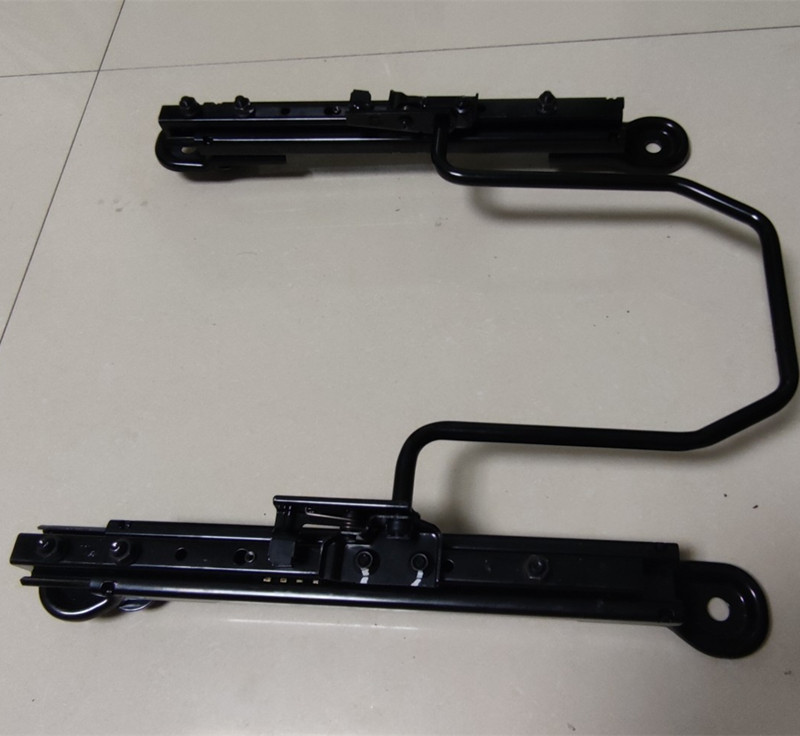How Safe Are Micro Electric Vehicles?
How Safe Are Micro Electric Vehicles?
I. Body Structure: High-Strength Steel and Cage Design Lay the Foundation for Protection
II. Battery Safety: Multi-Layer Protection Systems Reduce Thermal Runaway Risks
1. Physical Protection
2. Thermal Management and Monitoring
3. Rigorous Testing
III. Active and Passive Safety Configurations: Hierarchical Differences from Basic to Intelligent
1. Popularization of Basic Configurations
2. Gradual Adoption of High-Level Configurations
3. Differentiated Designs
IV. Testing Standards: Dual Verification from Domestic and International Standards
1. Upgraded Domestic Standards
2. Alignment with International Standards
V. User Usage and Scenario Adaptation: Coexistence of Safety and Risks
1. Suitable Scenarios
2. Risk Factors
3. Insurance and Maintenance
VI. Industry Trends: Technological Iteration and Standards Drive Safety Upgrades
Conclusion: Overall Safety Meets Standards; Configuration and Scenario Should Be Considered When Choosing
With technological advancements and stricter regulations, the safety performance of micro EVs will continue to improve, and a better balance between low cost and high safety is expected in the future.
Contact information:
Cangzhou Huayang Car Accessory Co.,Ltd.
WhatsApp/WeChat/Kakao talk/MB:+86 15030709203
Tel: +86 15030709203; +86 18733045230
QQ: 2761741790
Email: sales@hycaraccessory.com
ceo@hycaraccessory.com
sales@yiduspace.com
2761741790@qq.com
Website: www.hycaraccessory.com



